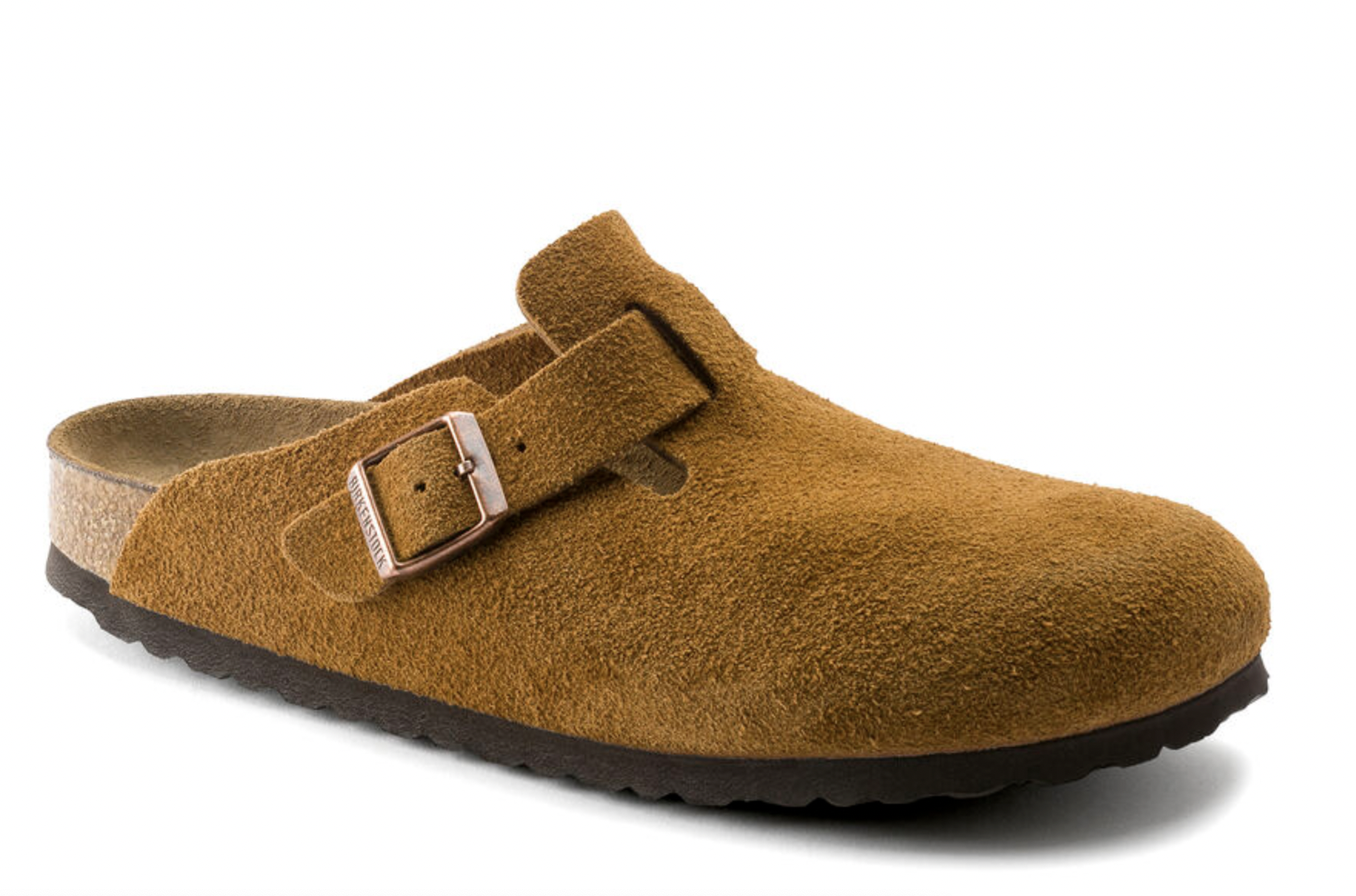What began as an orthopaedic shoe company, synonymous with eco-conscious subcultures, anti-aesthetic style and lesbian stereotypes, has just been valued at $7.73 billion. Once a symbol of counterculture, Birkenstock has become a mainstream footwear staple, even gaining two features in the recent Barbie movie. This resurgence has been particularly prevalent in the past two years. Perhaps this is due to Covid’s call for comfort, a renewal of ‘crunchy’ style? Or does it perhaps reveal something more profound about the progression of gender liberation?
Birkenstock’s principles remain unchanged: comfort and durability are at the centre of the design. The anatomically shaped shoe was first developed in 1897 by Konrad Birkenstock and was extremely radical in its features of a malleable sole, rounded heel and distinguishment between left and right shoe. The German company launched in America in the 1960s and became associated with the hippie movement and environmental sustainability. They were widely regarded as an ‘ugly’ shoe, thought to repel men because of the culture surrounding them that preached anti-capitalism, free love and queerness. The utilitarian style was seen as controversial as functionality was historically disregarded in female clothing in favour of forms in line with the male gaze.
The 1990s saw Birkenstock’s emergence into the realm of fashion, with a feature in Marc Jacob’s Spring 1993 Grunge Collection for Perry Ellis, Kate Moss’s support and a collaboration with supermodel Heidi Klum. However, this acceptance into the fashion world never involved a digression of the companies’ principles and was therefore always with an anti-establishment or Feminist message, exemplified by Marc Jacob’s use of the shoe in a show exploring grunge and anarchy.
These shoes unashamedly do not cater to the male gaze yet Birkenstock is the seventh most highly valued shoe company in the world. The recent popularity of this shoe marks the reclaiming of the unattractive into the desirable and the resurgence of unapologetic femininity. They are the footwear not only of the modern woman, reclaiming supposed ugliness, but of the modern person. This focus on utilitarianism conveys that functionality is more valued than ever before in fashion and suggests the beginning of a departure from an industry that is so strictly gendered.
Barbie’s journey of liberation is demonstrated through her transition from pink stilettos into flat-footed sandals, signalling her transition from Utopia into the real world. Through disregarding a history of footwear that expected women to manipulate the shape of their feet to fit desirable beauty standards, Birkenstock shoes change their shape according to the wearer’s foot. What is this, if not an extended metaphor for twenty-first-century rebellion against the controlling male gaze that has dominated us for far too long?

